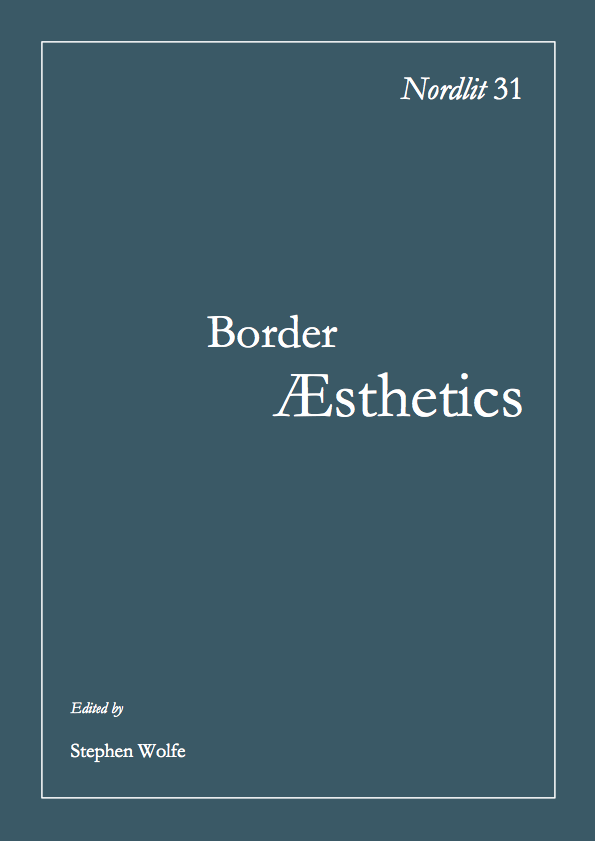Reading and reacting: from the research of border conditions to experimental methods in architectural and urban design
DOI:
https://doi.org/10.7557/13.3055Keywords:
architecture, borders, urban design, experimental research, mapping, literary techniquesAbstract
It is in marginal urban areas, borders of states, territories and cities, that marginal urban practices tend to take place. Limits of “normal” behaviour are transgressed and social and political differences become apparent. Such sites, where “other” spatial conditions have emerged, and that are “teeming with suggestive meanings and unexpected potential” (Schoonderbeek 2010), have hardly been analysed and discussed within the contemporary architectural discourse. This paper addresses such marginal urban conditions from an experimental approach to urban analysis and architectural design. Methods such as mapping, navigation, and literary techniques such as character and scenario are brought into play in the analysis of urban fringes, and in the speculative design of alternative urban realities. With this experimental approach comes as well a certain understanding and appreciation of the border as a space of simultaneity, much like the Aleph of Borges. Drawing on this literary connection, the last part of the text proposes a method for border analysis and design by means of seeking the borders between architecture and literature.









